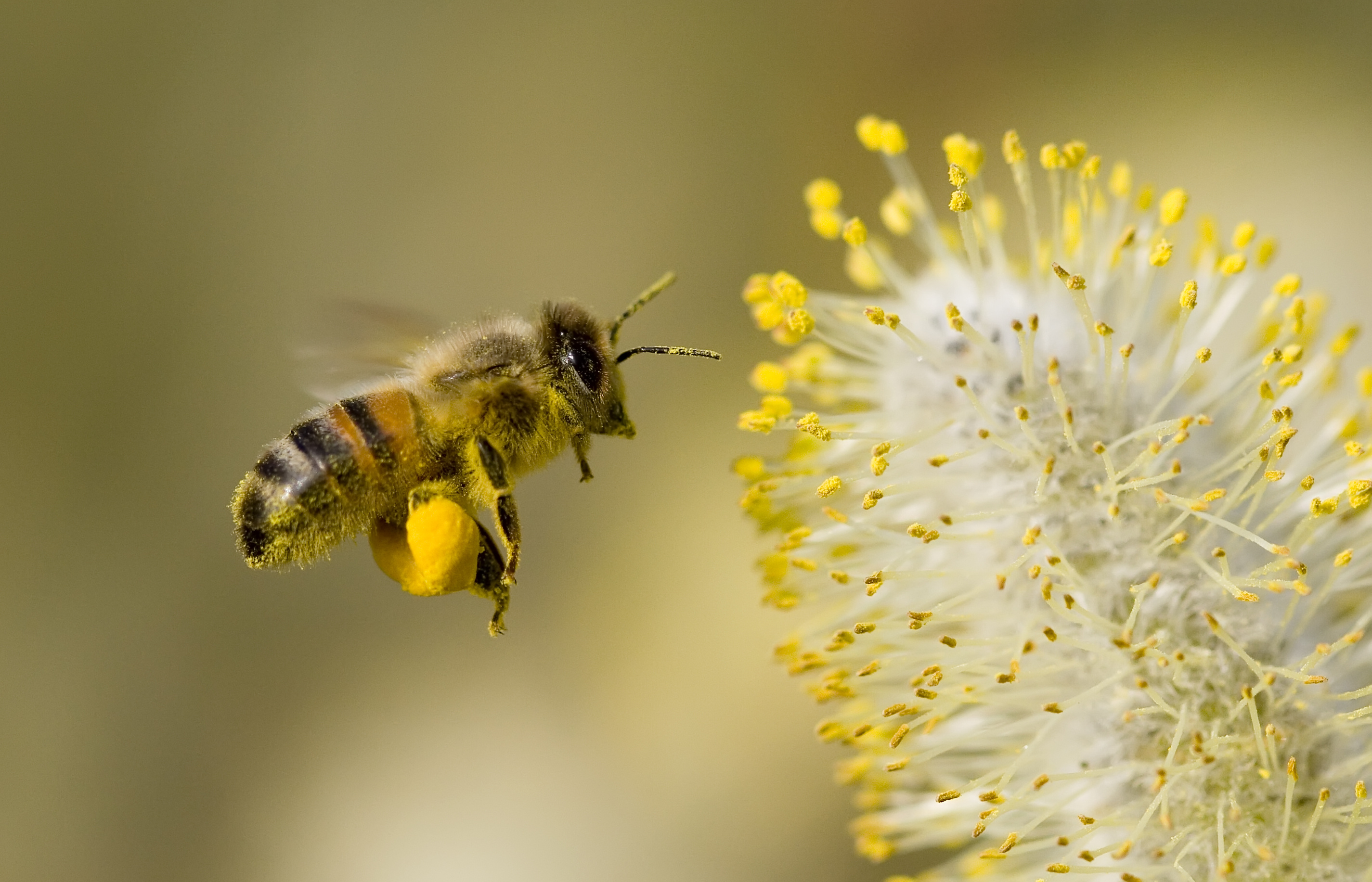By Morwen Johnson
When we talk about preserving biodiversity many people will assume it’s something that’s only an issue in far-flung places like the Amazon rainforest. England however has at least 55,000 species of animals, plants and fungi, and over a thousand of these are at risk. This includes familiar species such as hedgehogs, red squirrels, the small tortoiseshell butterfly, and birds such as house sparrows and starlings.
Small changes can make a big difference
Protecting habitats is a vital part of conservation – and the UK is lucky to have such diverse landscapes. While sites of special scientific interest (SSSIs), areas of outstanding natural beauty and national parks all provide legal protection for the environment, it’s not all about large-scale conservation. Biodiversity can be supported at the local or neighbourhood level too.
Green infrastructure can help create habitat corridors for wildlife. We wrote recently about a new partnership between the Royal Society for the Protection of Birds and Barratt Developments looking at how the design of new housing developments can be wildlife-friendly. Another industry initiative is the BIG Challenge which encourages developers to add one new biodiversity enhancement to their construction site, development or existing building.
The shift to neighbourhood planning has also given communities more opportunities to improve their local environment. As well as mapping and protecting existing green assets, neighbourhood plans also enable communities to enhance or create new habitat areas.
This grassroots interest in the environment is reflected in other alternative approaches to making conservation relevant to the public, many of whom live in towns and cities.
Headlines were created earlier this year, with the suggestion that London should be rebranded as the Greater London National Park City. Many people don’t realise that 47% of London is already green space and has over eight million trees. The London Assembly has supported the campaign, with Assembly Member Jenny Jones saying in June: “This initiative could ensure that nature is included in every aspect of London’s urban fabric.”
Inspiration from further afield can be found in the Rouge National Urban Park which was formally established in Canada in May 2015. A ‘national urban park’ is a new category in Parks Canada’s protected areas alongside national parks, national historic sites and national marine conservation areas.
Biodiversity offsetting
While this is all positive news, there is a potentially different story emerging at the same time. In England, DEFRA consulted on the idea of biodiversity offsetting in 2013. This is a market-based mechanism that aims to compensate for biodiversity loss as a result of development, through conservation activities that deliver an equivalent amount of biodiversity elsewhere. The results of the consultation have still not been published, but it may be that the idea is still on the government’s agenda.
The question of whether a monetary value can be placed on biodiversity or whether one established habitat can just be replaced by another one, is controversial. The British Ecological Society reported on recent research which identified the risks of implementing offsetting without fully understanding the consequences. How the government chooses to take biodiversity offsetting forward will be a key test of the principle of evidence-based policymaking, and their wider approach to the environment.
Social aspects of biodiversity policy
In June 2015 the Scottish Government published Scotland’s Biodiversity: a Route Map to 2020 setting out how the goals in Scotland’s biodiversity strategy are to be achieved. Seven main pressures are identified: pollution, land-use intensification and modification, spread of invasive species and wildlife disease, lack of recognition of the value of nature, disconnection with nature, climate change, and marine exploitation.
Writing in August’s issue of the Scottish Planning and Environmental Law Journal, Professor Colin Reid of the University of Dundee notes that two of the priorities “deal with our relationship with nature rather than direct physical impact.” This suggests an appreciation that protecting our environment “calls for a pervasive change of mind-set as opposed to simply stopping particular harmful activities.”
Professor Reid also says that the focus on actions related to natural capital and greenspace elements reflect a “greater emphasis on the pervasive and social aspects of biodiversity policy.”
“A healthy natural environment can only be achieved if regard for nature is integrated into how we live our lives. Biodiversity policy is now making this connection more explicit and the challenge, perhaps, is to ensure that this is reciprocated in other areas, such as planning”.
Reference
Colin T Reid ‘Big steps for biodiversity‘ IN Scottish Planning and Environmental Law Journal, No 170 Aug 2015, p78
Morwen Johnson is Managing Editor of Scottish Planning and Environmental Law Journal.
If you enjoyed this blog, read our other recent articles:
Share
Related Posts
Supporting residents on the decarbonisation journey: leveraging data for effective retrofit projects
As the drive towards decarbonisation intensifies, the social housing sector’s ability to collect, store and manage vast amounts of data becomes increasingly critical. With a shared goal of creating warmer, carbon-free homes, housing associations’ strategic use of data is essential ....
The recent spikes in energy costs have thrown into sharp focus the challenge of heating our homes. Domestic heating is important, not just for our comfort and wellbeing, but to reduce humidity and prevent condensation. But because traditional heating systems ....
By Ian Babelon A new-old concept for proximity “Are we there yet?” Parents may patiently nod to their children’s insistent nudges on a 20-minute journey to… somewhere. Quite rightly, researchers have asked: twenty minutes to what? The answer may well ....
By Sarah Perry At the end of June, GrantFinder attended The Chartered Institute of Housing’s annual conference, Europe’s largest housing festival. The event took centre stage at Manchester Central, bringing together industry experts, policymakers, and housing practitioners from across the ....

